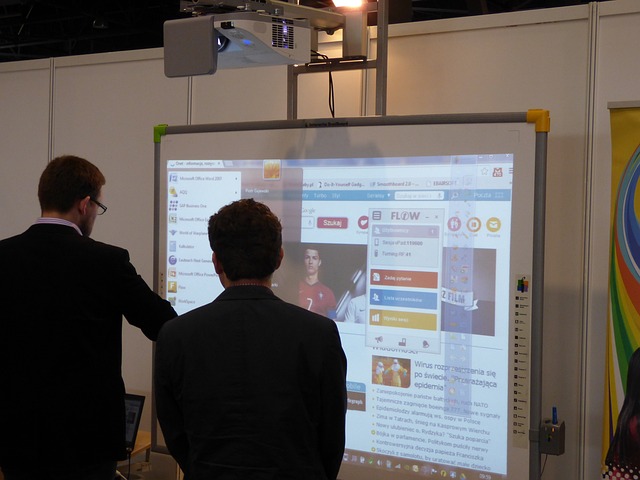Decacorns: Miro Boomed During The Pandemic

Photo Credit: Tomasz Miko?ajczyk from Pixabay
During the pandemic lockdowns, most offices globally shifted to virtual working conditions. The rapid transition led to the adoption of several online collaboration tools with high growth season for virtual meeting and webinar providers. During the recent year, the global restrictions have been reduced, and the same companies are seeing a slowdown in growth. According to a recent report, the Collaboration applications market size is expected to grow a modest 2% over the next few years to reach $20.8 billion by 2026. Microsoft remains the leader of the pack with almost 20% market share. But the market is crowded with several other smaller players who are offering similar services. One such player is San Francisco and Amsterdam-based Miro.
Miro’s Offerings
Founded in 2011 by Andrey Khusid, Miro was set up because Andrey was unable to effectively share the ideas for his design agency with his clients who were not in the same room. To address the issue, Andrey created a virtual whiteboard, called RealtimeBoard. RealtimeBoard soon expanded to grow into a visual collaboration platform that became known as Miro. Since Miro itself operates on a telecommuting-based model, it understands the needs of its remote, in-office, and hybrid customers.
Miro’s offering has evolved significantly since its earlier days. Its whiteboard is now an infinite canvas that gives users the ability to choose how they want to work with their team. Users are able to host interactive sessions that range from hosting a digital brainstorm, documenting a meeting, teaching a class, or managing an Agile workflow. It has an easy-to-use interface that offers capabilities such as video conferencing, screen sharing, and presentation modes to make the meetings more interactive and collaborative. Its tools also integrate with over 100 apps such as Atlassian, Cisco, Google Workspace, Microsoft Teams, and Zoom, and offers nearly 1,000 templates to users.
Today, Miro has over 40 million users globally. 99% of the Fortune 500 use Miro’s products as their collaboration tool. Its customers include names like Cisco, Okta, Deloitte, and Accenture.
Miro’s Financials
Miro operates on a freemium model. Users can sign up for free and get access to three editable boards, certain premade templates, and basic management and integrations. Premium tiers offer additional features such as unlimited boards, unlimited guests, private boards, custom templates, secure access, and many more. Price tiers go as high as $16 per user per month for small businesses.
Miro does not share detailed financials, but the company was tracking to over $300 million in annual recurring revenues in 2021, growing three times over its 2020 revenue. Unlike other start-ups, Miro has been profitable since 2020.
Miro remains venture funded and has raised $476 million in funding from investors including Iconiq Capital, Julien Codorniou, Atlassian, TCV, Salesforce Ventures, GIC, Dragoneer Investment Group, and Bradley Horowitz. The last round of funding was held in January this year when Miro raised $400 million at a valuation of $17.5 billion. Valuations of companies have fallen significantly since the start of the year. Rival Zoom, with revenues of over $1.1 billion a quarter is currently trading at a market capitalization of $21.9 billion. It would be interesting to see how Miro has performed as growth in adoption of virtual collaboration tools has slowed down.
More By This Author:
Will Apple Buy Netflix?
Cloud Stocks: Snowflake Helps Developers Monetize Its Marketplace
Cloud Stocks: Analysis of UiPath’s Re:Infer Acquisition
Disclosure: All investors should make their own assessments based on their own research, informed interpretations, and risk appetite. This article expresses my own opinions based on my own research ...
more


